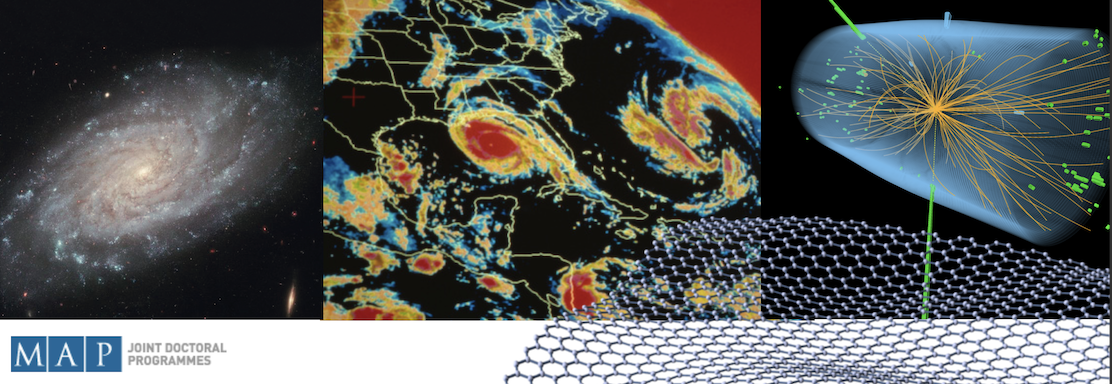Speaker
Description
In this work is treated the employment of Machine Learning techniques as statistical data analysis tool in the research field of high energy physics.
The quantum field theory of Standard Model remains, today, the most faithful description of the fundamental behavior of nature: most of the predictions about the fundamental matter composition and its interaction laws have found experimental confirmation in particle accelerators and cosmic rays detectors.
The Standard Model is not perfect though: it presents many shortcomings both from the theoretical and experimental point of view.
In this research, Machine Learning will be employed to enlarge the sensitivity of a data analysis procedure lead with the ATLAS experiment collaboration at LHC (Large Hadron Collider), the particle accelerator of CERN.
The analysis in question is the search for invisible particles produced in association with boosted bosons in proton–proton collisions at a center of mass energy of 13 TeV at the LHC; unsupervised Machine Learning models are implemented to find parameter regions for which the presence of a “new physics” signal is enhanced with respect to the background composed by other Standard Model predicted expected processes taking place. The unsupervised nature of the discriminating model offers the possibility of not focusing the search on a specific process belonging to a specific theoretical model of new physics.
Secondly, in this research is treated the application of Machine Learning to another step of the analysis: the assessment of the detector status. The same techniques used in the just mentioned physical analysis, are used to automatize the spotting of malfunctioning channels during the data quality check procedure in the Tile Hadronic Calorimeter: one of the ATLAS sub-detectors.
| Which topic best fits your talk? | High Energy Physics and Cosmology |
|---|

